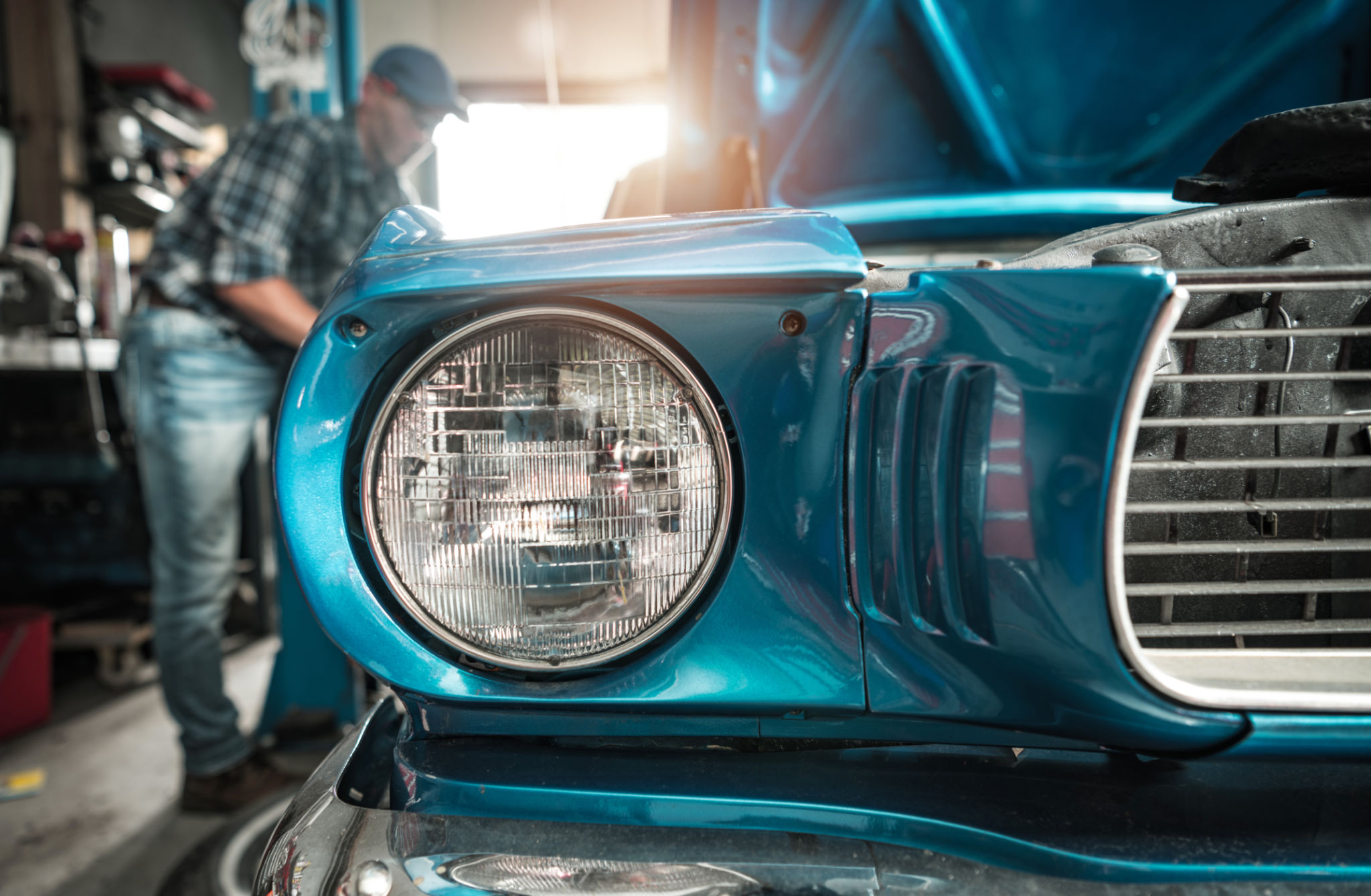The Ultimate Guide to Laser Rust Removal for Classic Cars
Understanding Laser Rust Removal
Restoring classic cars is a labor of love, often requiring meticulous care and attention to detail. One of the most challenging aspects of this task is dealing with rust. Traditional methods such as sandblasting or chemical treatments can be harsh on vintage metal, potentially damaging the vehicle's surface. Enter laser rust removal—a revolutionary technique that offers precision and care.
Laser rust removal involves using a high-powered laser beam to eliminate rust by vaporizing it. This non-contact process ensures that the integrity of the metal underneath is preserved. It's a game-changer for car enthusiasts looking to maintain the originality of their classic cars.

Benefits of Using Laser Technology
One of the primary advantages of laser rust removal is its precision. The laser can be adjusted to target only the rust, leaving the surrounding metal untouched. This level of control is crucial when working on delicate or rare components of a classic car.
Another benefit is the environmental impact—or lack thereof. Unlike chemical treatments that can produce harmful waste, laser rust removal is a green technology. It produces minimal residue, making it a more sustainable choice for car restoration projects.

Safety Considerations
While laser rust removal is highly effective, it is essential to prioritize safety. Operators should be trained to handle the equipment properly, as lasers can pose risks if not used correctly. Protective gear, including goggles and gloves, should be worn to prevent exposure to laser beams and debris.
Additionally, ensuring that the workspace is well-ventilated is crucial, as vaporized rust particles can be hazardous if inhaled. With the right safety measures in place, laser rust removal can be a safe and efficient method for restoring classic cars.

Step-by-Step Process
If you're considering using laser technology for your classic car project, here's a simplified step-by-step guide:
- Preparation: Clean the area to be treated and set up your laser equipment according to the manufacturer's instructions.
- Adjust Settings: Configure the laser's power and focus based on the degree of rust and the thickness of the metal.
- Application: Direct the laser beam over the rusted areas, ensuring even coverage and movement.
- Inspection: After treatment, inspect the metal for any remaining rust or damage before proceeding with painting or coating.
This process may vary depending on the specific equipment used, so always refer to user manuals and professional guidance.
Cost Implications
While laser rust removal offers numerous benefits, it's important to consider the cost. The initial investment in laser equipment can be substantial. However, for those serious about classic car restoration, this technology can save time and money in the long run by reducing the need for repetitive treatments and minimizing damage to original parts.
Renting equipment or hiring professional services can be a cost-effective alternative if purchasing a laser system isn't feasible. Weighing these options will help determine the best course of action for your restoration project.

Conclusion
Laser rust removal stands out as an innovative solution in the realm of classic car restoration. Its precision, environmental benefits, and ability to preserve original metal make it an attractive option for enthusiasts dedicated to authenticity. By understanding its benefits and considerations, you can make an informed decision about incorporating this technology into your restoration efforts.
Whether you're a seasoned restorer or a hobbyist, embracing advanced methods like laser rust removal can enhance your ability to breathe new life into vintage vehicles while preserving their timeless charm.
